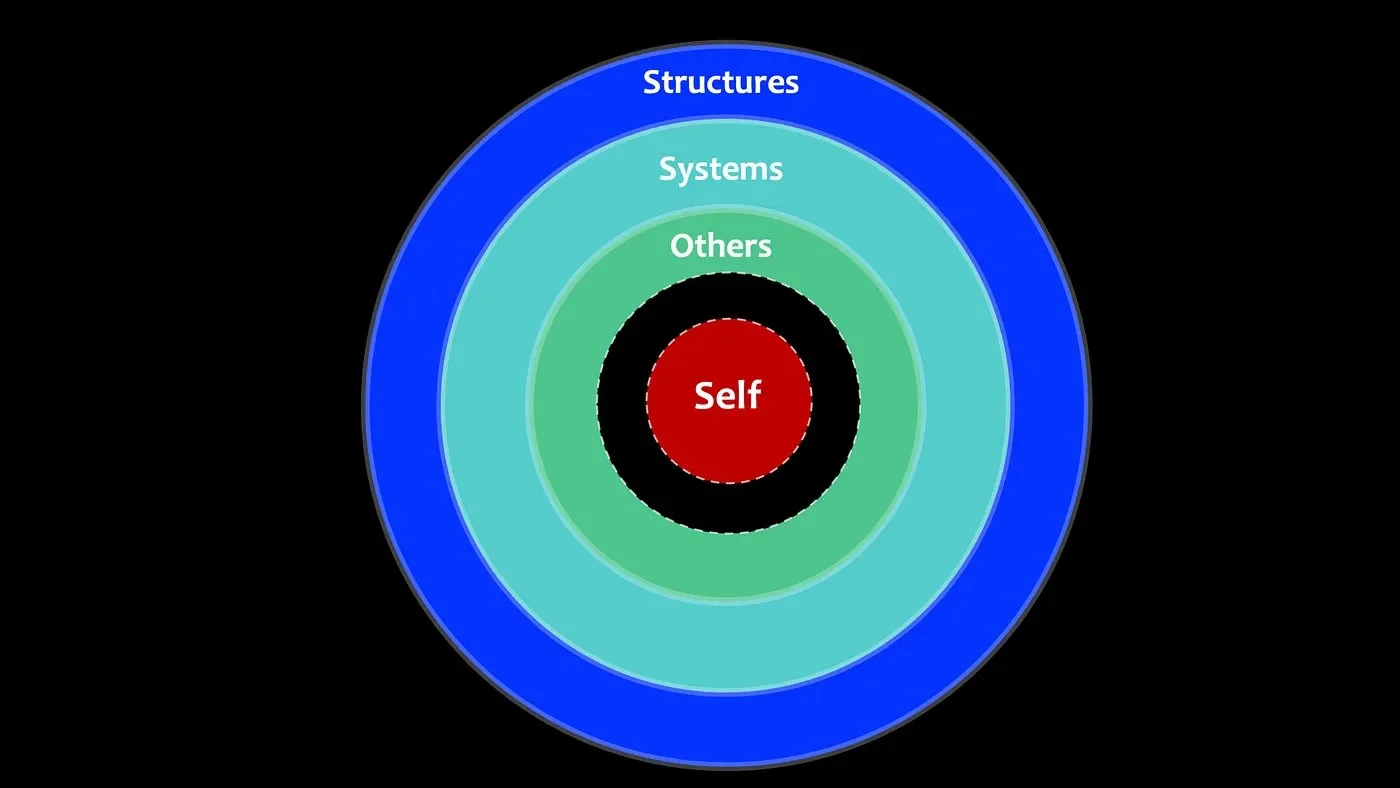10 Forms of Learning Journals that will Unlock Thinking and Writing Skills: The secret ingredient to unstoppable writing and thinking.
Picture yourself effortlessly putting pen to paper, fingers to keyboard, your thoughts flowing seamlessly, and your writing captivating audiences and readers.
Enter the power of Learning Journals — an essential tool for aspiring and practicing writers seeking to ignite their creativity and master the art of writing. But Learning Journals are not only about writing or even just learning, they also ignite other vital capacities such as critical thinking and problem-solving. They can answer key questions like What is going on here?
Keeping Learning Journals supports self-reflection and self-awareness. These powerful tools can instigate individuals to make better decisions, navigate complex situations with ease, and unlock all sorts of potential in various aspects of life.
Learning journals are powerful tools for personal, professional and academic growth. Used regularly, individuals can reflect on their experiences, thoughts, and emotions. These journals can take many forms, adapting to a variety of environments, purposes and objectives. In this article, I explore the numerous ways learning journals can be used, offering a comprehensive guide to unlocking their full potential.
I have kept Learning Journals for over a decade. They have ignited my writing by providing a platform for self-reflection, exploration of ideas, and most importantly thinking-about-thinking (metacognition). Adaptable to various formats and learning styles, learning journals have become an indispensable asset in my writing and learning journeys, as well as personal and professional expeditions. Through consistent engagement with Learning Journals, I have unlocked new perspectives and strengthened my writing skills, fuelled my passion for writing and sharing thoughts and thinking-about-thinking.
In early 2021, I defended a doctoral dissertation in Education with a specific focus on using Learning Journals, self-reflection and personal & professional growth. I used a process called Autoethnography. It’s related to autobiography, but with more of a focus on the ethnographic components. This means examining one’s Self with cultures and societies. Almost like a self-anthropology of sorts.
Several years of Research and Learning Journals (image is in my dissertation)
The image above and the image at the beginning of this story are both included in my dissertation.
In any Learning Journals I have, I try to leave room on pages for a re-visit. This then becomes thinking-about-thinking-about thinking. I enjoy going back over Learning Journals from a few years ago and revisiting what I was thinking about and recording. I’ll then leave notes in past Learning Journals like one would leave notes in a book. And sometimes, I’ll take an image of the older journal entries, print it out, then put it in my most recent Learning Journal — then re-reflect on those older learnings in the present context. Often times these will fuel writing projects I have on the go now. Or, they will instigate a new piece of writing.
There are many, many forms of keeping Learning Journals. Here are ten.
10 Forms of Learning Journal Writing.
In this section, are 10 forms of Learning Journal writing to try. These forms showcase the unique benefits and highlight how they cater to diverse learning styles, purposes and objectives. As you explore these forms of Learning Journal writing, you’ll gain a deeper understanding of their potential in fostering personal, professional and academic growth, and unlocking some remarkable gems that may be hiding inside of you.
1. Unstructured Journals
More or less unstructured forms of journals provide a free space to jot down thoughts, feelings, emotions, and ideas without any specific guidelines. This format encourages creative expression and spontaneous reflection, enabling the exploration of inner worlds without limitations. I will often use this form, yet spur myself on with some questions I might be pondering in creative or research pursuits.
2. Structured Journals
Structured journals, on the other hand, offer specific prompts, exercises, or questions to guide learners through the reflection process. This approach helps individuals focus on particular aspects of their learning experiences and encourages deeper, more targeted introspection.
Here are some questions I will often explore:
What did I learn yesterday?
What am I learning right now?
What do I want to learn today?
What do I hope to learn in the coming weeks or months?
What am I grateful for learning?
3. Autobiographical and Autoethnographic Writing
Autobiographical journals enable learners to document their life stories, capturing personal milestones, challenges, and growth. This format promotes self-awareness and can help individuals understand the patterns and connections in their lives, leading to valuable insights and personal development.
While autobiographic writing focuses on the author’s personal life story, experiences, and development, autoethnographic writing goes a step further by connecting these personal experiences to broader social, cultural, and historical contexts.
In autoethnographic writing, one critically examines their experiences and emotions in relation to their cultural background, societal norms, and shared beliefs. This introspection helps to reveal insights about cultural practices, power dynamics, and social issues. Autoethnography is like a dialogue between the personal and the cultural, offering a unique perspective that can lead to a deeper understanding of both the individual’s experiences and the broader social context in which they occur.
Here is a diagram I’ve used to highlight this (below). A Self at the centre of this system is influenced in many ways by others around them (family, peers, colleagues, etc.), as well as societal systems (education, healthcare, legal systems), and larger structural factors (nationality, citizenship, Constitutions, etc.).
We are all individuals nested within systems and structures.
4. Double-Entry Journals
Double-entry journals consist of two columns: one for recording observations, thoughts, or quotes, and another for reflecting on their significance or implications. This format encourages analytical thinking and enables learners to establish connections between different ideas or experiences.
Kept over time and re-visited, these can be powerful tools to pick out patterns and themes for one’s life. A self-study of sorts. More thinking-about-thinking.
5. Exercise-Based Journals
In exercise-based journals, specific tasks or activities are provided to guide learners through reflection processes. These exercises can vary widely, from creative writing prompts to problem-solving tasks, catering to different learning styles and objectives.
One book in particular that I have enjoyed, and relevant for anyone considering memoir-type writing — is Nathalie Goldberg’s Old Friend From Far Away: The Practice of Writing Memoir. Throughout the book, she provides prompts for writing about one’s life. I’ve often thought about doing these, generally, 10-minute free writes, and then publishing them here on Medium, or otherwise.
6. Question-Based Journals
Question-based journaling presents learners-thinkers-writers with thought-provoking queries that encourage introspection and critical thinking. By addressing these questions, individuals can delve deeper into their learning experiences, uncovering new perspectives and understanding.
Going back over questions-based journals years later can be an illuminating exercise. As we change, grow and learn — it changes the way we might answer questions. Looking back over our past answers is also a powerful self-reflection process. More thinking-about-thinking.
7. Companion Journals
Companion journals are used alongside other learning materials, such as textbooks, online courses, or workshops. They provide a space for learners to reflect on the content, make connections to their personal experiences, and explore new ideas or perspectives.
Over the past year, I have been documenting my learning journey regularly. About a year ago I walked away from a decade-plus-long career in the public sector. I had worked my way up more and more senior positions getting myself to a salary of over $100k/year. But, I decided to walk away. My soul had shrivelled and I had to take on more creative endeavours. I now run a solopreneur digital writing business. Almost every day I’m learning new things. It’s important to document these.
8. Embedded Structure Journals
In this format, the journal’s structure is provided within the journal itself, often in the form of templates, prompts, or worksheets. This approach offers a balance between structure and flexibility, allowing learners to engage in guided reflection while still allowing room for personal expression. There are many of these types of journals in bookstores or available through online stores. Many successful self-help book authors will sell accompanying embedded structure journals.
9. Profiles or Portfolios
Profiles or portfolios are collections of learners’ work, achievements, and reflections that showcase their growth and progress over time. These compilations can serve as powerful tools for self-assessment, goal-setting, and showcasing accomplishments to others, such as potential employers or academic institutions. Some educational programs will use portfolio-based assignments and assessments. Similarly, many creative professions also use portfolio-type processes.
10. Dialogue Journals and Communication-Based Journals
Dialogue journals and communication-based journals involve interaction between writers, fostering collaboration, feedback, and shared learning experiences. These formats can be particularly valuable in educational settings, as they promote peer-to-peer learning, constructive criticism, and the development of interpersonal skills. There are now so many online tools and platforms that support this kind of work.
At the Humanity Academy, we write regularly about Learning Journals. On the Humanity Academy Medium Publication is an 8-story series on these powerful tools.
I am also frequently asked about format — and I strongly encourage using paper journals and pens, pencils, felt pens, and so on. I prefer these mediums over digital.
One is because hand-to-paper seems to access a different part of my brain than fingers on a keyboard. Two, as a solopreneur digital writer, I spend A LOT of time with my fingers on keys and staring at illuminated screens. But use what works for you. The key is engaging in this powerful practice.
Conclusion
Learning Journals are versatile and powerful tools that can be adapted to various formats and objectives, catering to diverse learning needs and preferences. By exploring the many ways a learning journal can be used, individuals can unlock the potential of this multifaceted tool, harnessing its power for personal, professional and academic growth.
Whether you prefer an unstructured approach or a guided exercise, learning journals offer countless opportunities for reflection, critical thinking, and self-discovery, making them an invaluable asset in the journey of lifelong learning.


